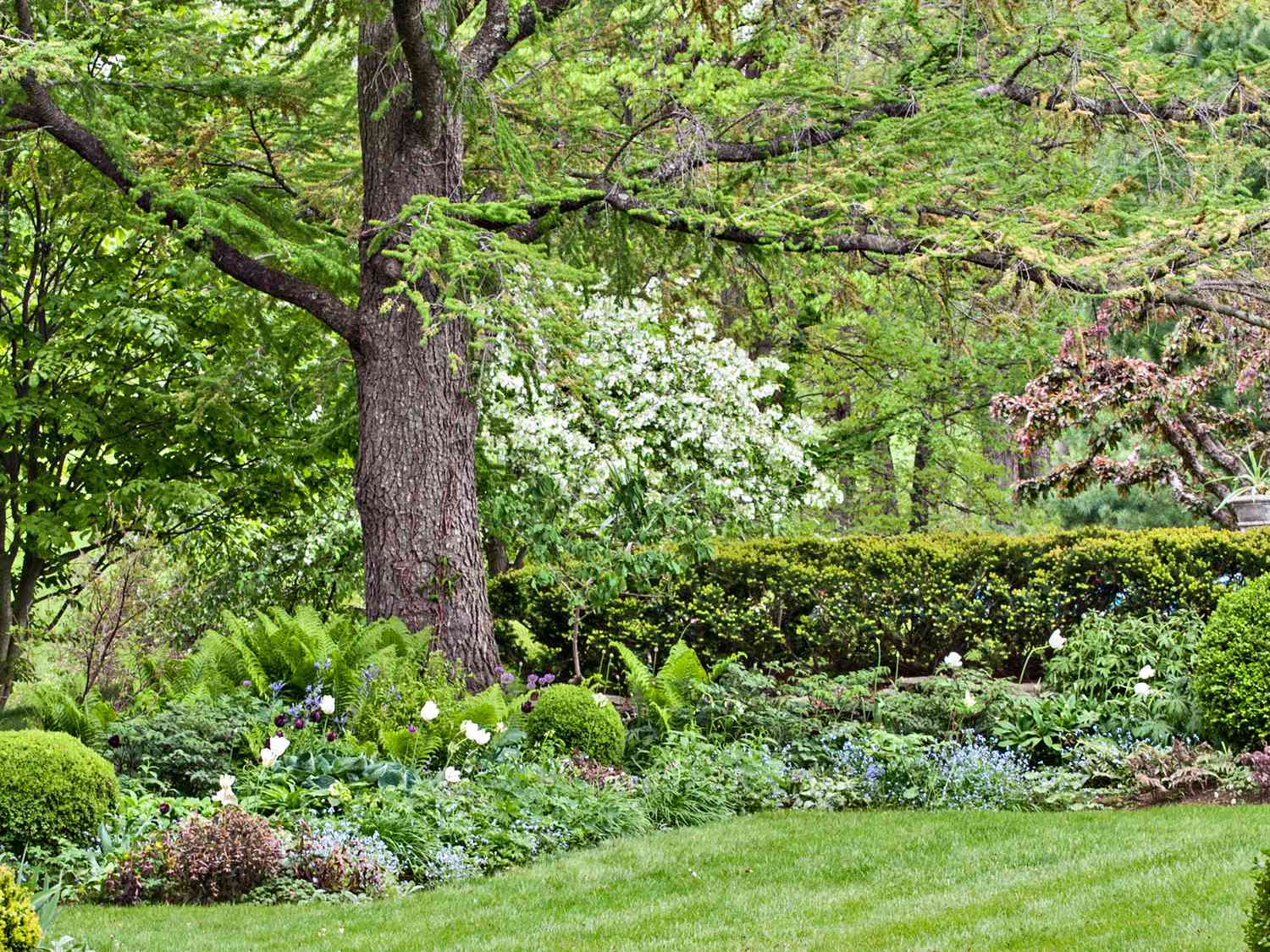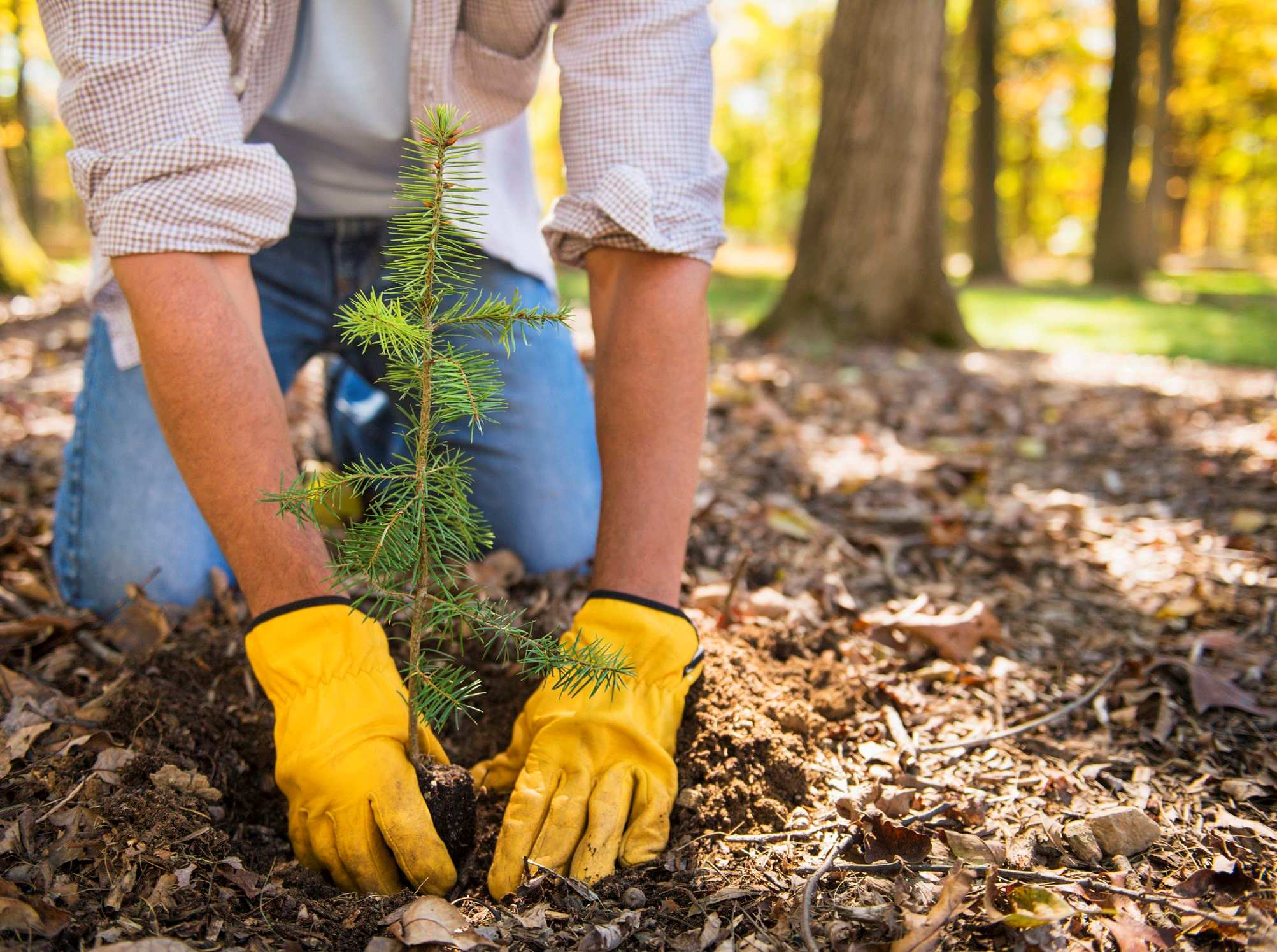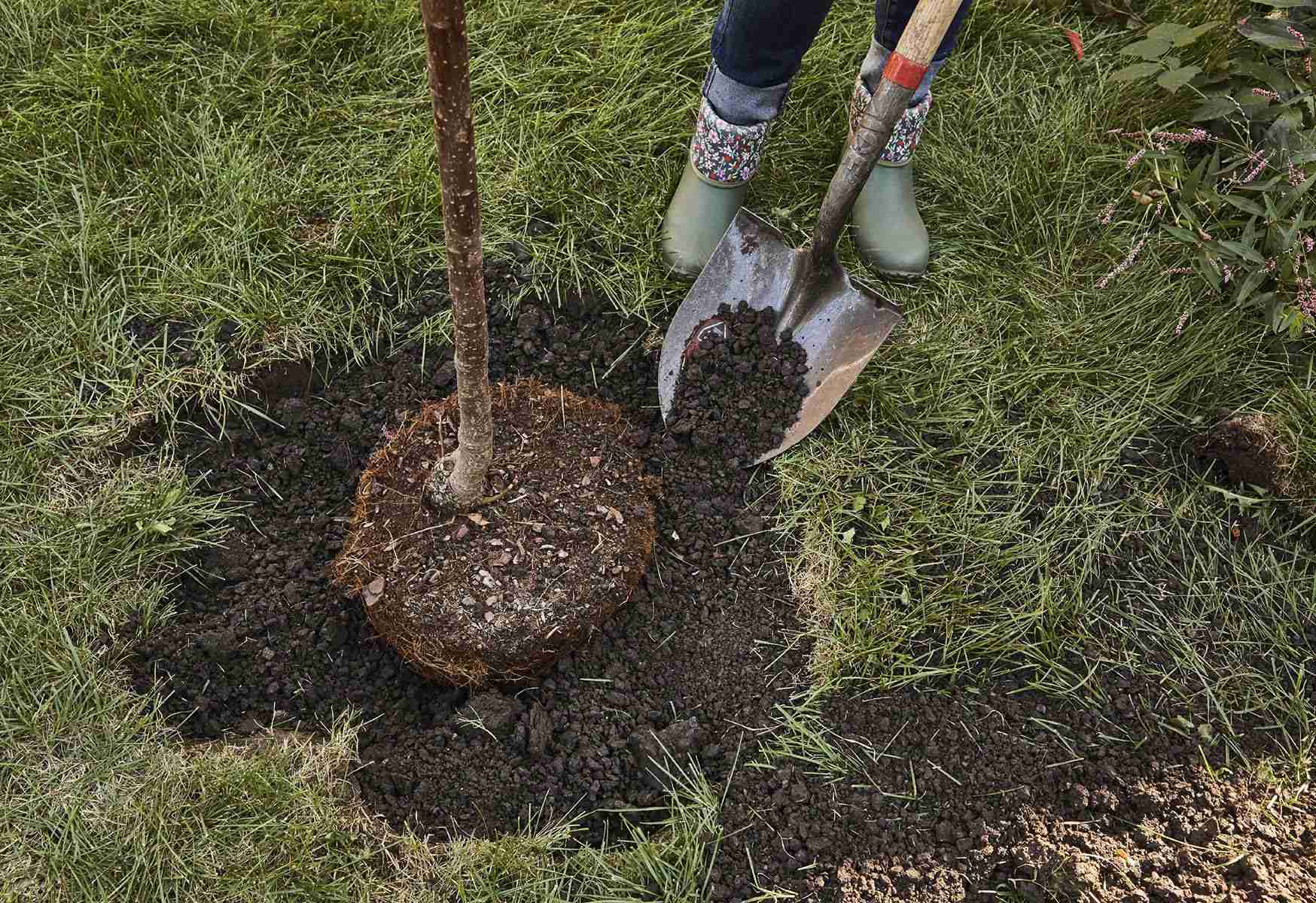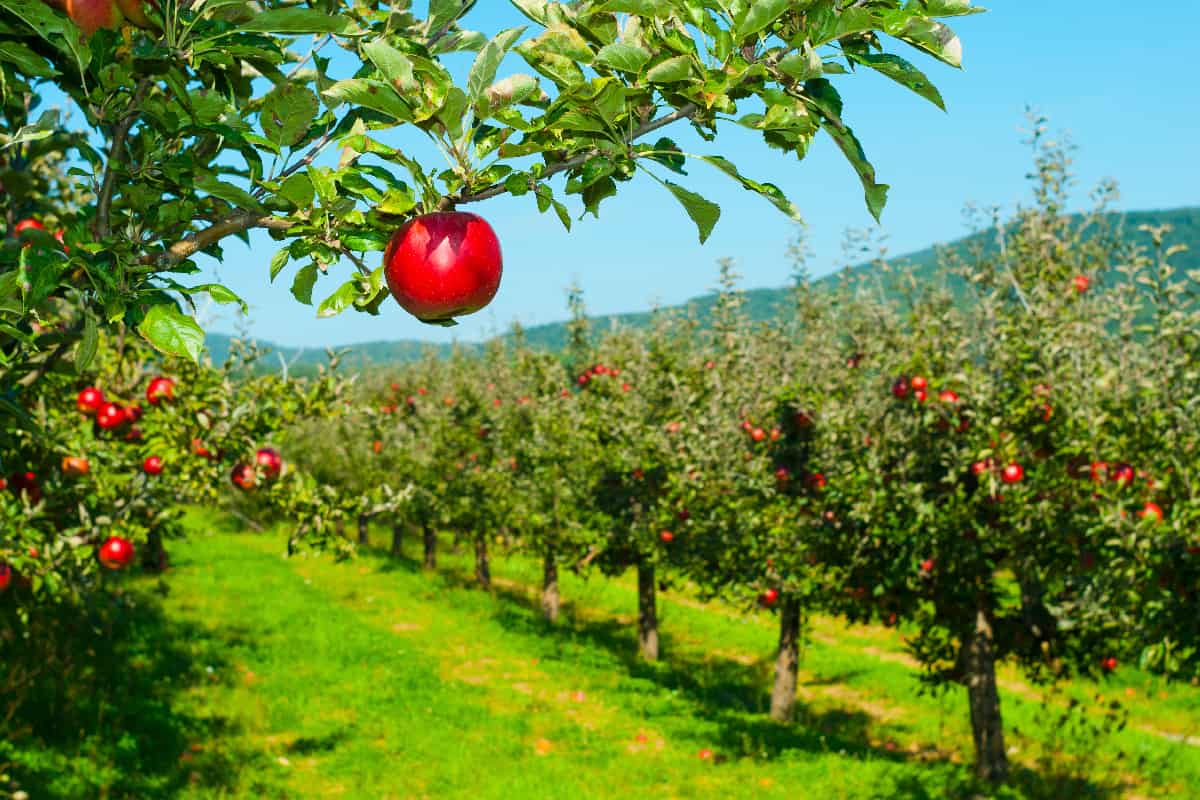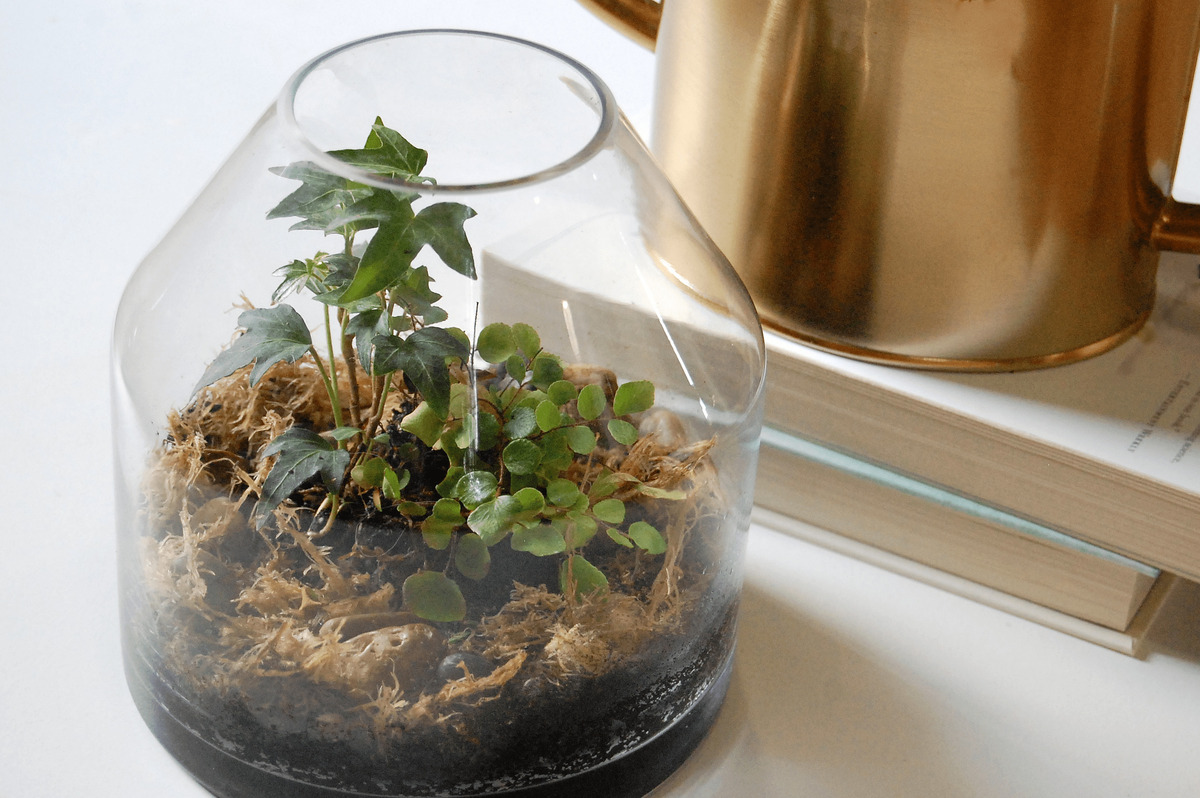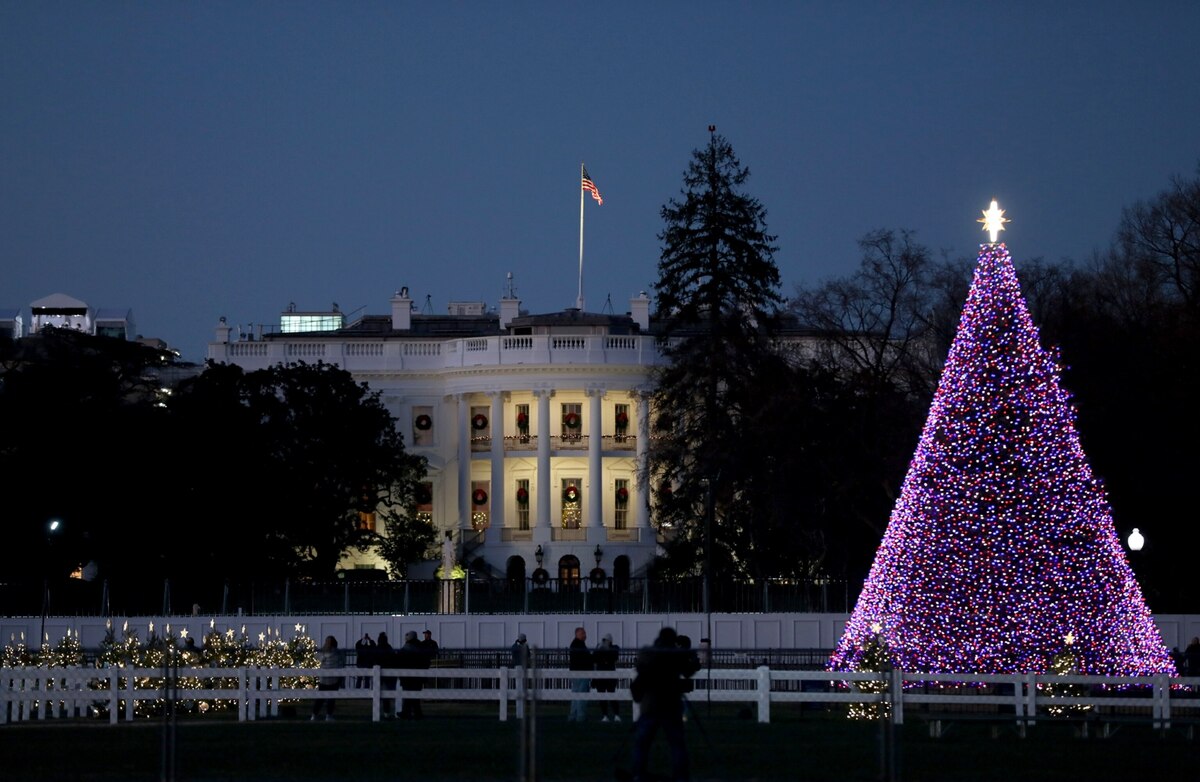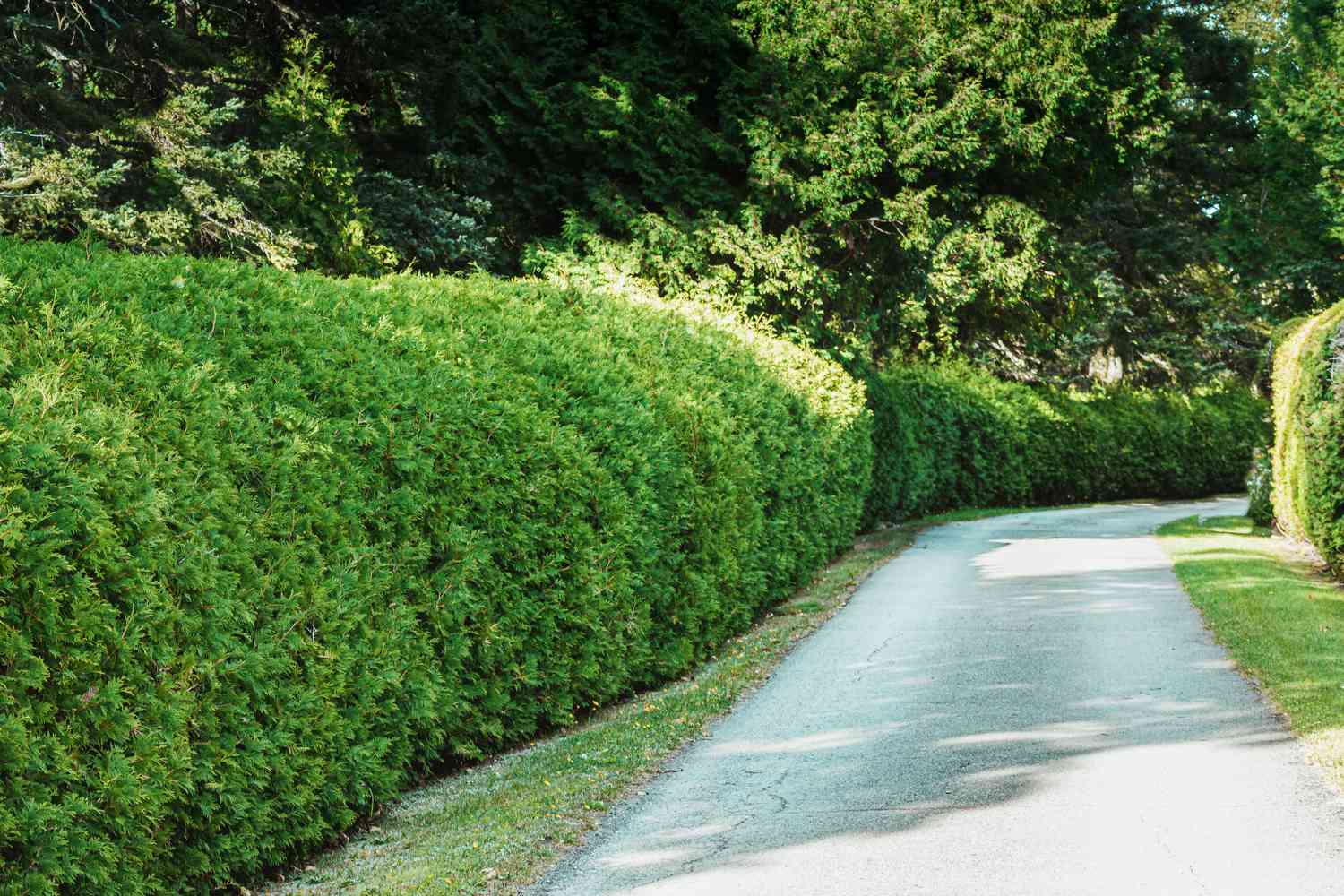Home>Garden Design>Planning Your Garden>What Trees Should Not Be Planted Close To A House
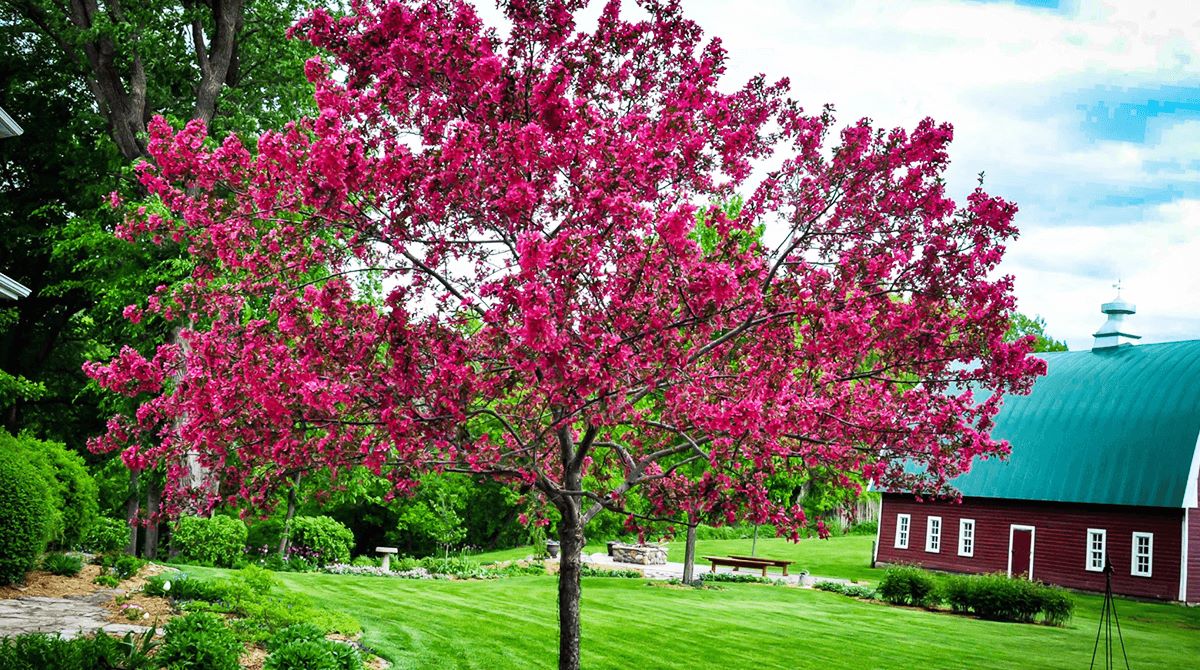

Planning Your Garden
What Trees Should Not Be Planted Close To A House
Modified: January 22, 2024
Planning Your Garden? Discover which trees you should avoid planting near your house to prevent potential damage and maintenance issues.
(Many of the links in this article redirect to a specific reviewed product. Your purchase of these products through affiliate links helps to generate commission for Chicagolandgardening.com, at no extra cost. Learn more)
Table of Contents
Introduction
When planning your garden, one important consideration is the placement of trees. Trees can add beauty, shade, and privacy to your property, but it’s crucial to carefully select and position them, especially when planting near your house. While trees can provide numerous benefits, it’s also essential to be aware of the potential risks they may pose to your home.
In this article, we will explore the advantages and disadvantages of planting trees near a house and discuss which types of trees are best to avoid. By understanding the potential consequences of planting inappropriate trees and being aware of the recommended alternatives, you can make informed decisions to create a garden that not only enhances the aesthetics of your property but also protects your home.
So, whether you’re starting from scratch with a new garden or considering adding trees to an existing one, let’s delve into the world of plant selection and explore the do’s and don’ts of planting trees near your house.
Benefits of Planting Trees Near a House
Planting trees near your house can bring a myriad of benefits. Here are a few reasons why you should consider incorporating trees into your garden design:
- Shade and Cooling: Trees provide natural shade, reducing the amount of direct sunlight that reaches your home. This can significantly lower indoor temperatures during hot summer months, reducing the need for excessive air conditioning and potentially lowering energy costs.
- Privacy: Tall, dense trees strategically planted near windows and outdoor living spaces can create a sense of privacy, shielding your home from prying eyes and noise pollution.
- Energy Efficiency: In addition to providing shade, trees can act as windbreakers in colder months, reducing heat loss and lowering heating expenses. The strategic placement of deciduous trees can allow sunlight to filter through during winter, warming your home naturally.
- Aesthetics: Trees are visually pleasing and can enhance the overall look of your property. They add depth, dimension, and a sense of tranquility to your garden and can increase your home’s curb appeal.
- Environmental Benefits: Trees help purify the air by absorbing carbon dioxide and releasing oxygen. They also act as natural filters, reducing air pollution and improving air quality around your home.
- Wildlife Habitat: Trees attract birds, butterflies, and other wildlife, creating a vibrant ecosystem in your garden. This not only adds to the beauty of your surroundings but also contributes to the biodiversity and ecological balance of your neighborhood.
Keep in mind that the benefits of planting trees near a house also depend on factors such as the type, size, and location of the trees. It’s important to select trees that align with your specific needs and preferences while considering the potential risks they may pose.
Risks of Planting Trees Near a House
While trees offer numerous benefits, there are also potential risks associated with planting them near a house. It’s essential to be aware of these risks to ensure the safety and integrity of your home. Here are some potential hazards to consider:
- Foundation Damage: Planting trees with invasive root systems near a house can pose a serious risk to your foundation. As these roots grow, they can penetrate and disrupt the foundation, leading to cracks and structural instability.
- Structural Damage: Tall, mature trees planted too close to a house can pose a risk of falling or dropping branches during storms or heavy winds. This can result in severe damage to the roof, windows, and other structures of your home, risking your safety and requiring costly repairs.
- Moisture Issues: Trees planted too close to a house can contribute to excessive moisture buildup. The shade they provide can prevent sunlight from reaching your home, leading to increased humidity levels and potential moisture-related issues such as mold, rot, and pest infestations.
- Utility Interference: As trees mature, their branches can grow into overhead utility lines, causing disruptions to electricity, telephone, and cable services. This not only inconveniences you but also poses safety hazards.
- Gutter Clogging: Trees that are too close to your house can drop leaves, twigs, and other debris into your gutters, leading to clogs and potential water damage to your roof and walls.
- Allergies and Allergenic Trees: Some trees produce pollen or have allergenic properties that can trigger allergies and respiratory issues in individuals. If you or your family members have known sensitivities, it’s important to research and choose trees that are less likely to cause allergic reactions.
Understanding the potential risks is crucial in selecting appropriate trees and determining suitable planting distances from your house. By balancing the benefits and risks, you can make informed decisions to create a safe and harmonious landscape around your home.
Trees to Avoid Planting Close to a House
When it comes to planting trees near your house, it’s essential to choose species that have non-invasive root systems, are not prone to large-scale branch drop, and are not known for causing structural damage. Here are some trees that are best to avoid planting close to a house:
- Willow Trees: Willows have fast-growing and aggressive root systems that can invade and damage underground pipes, drainage systems, and even foundation walls.
- Poplars and Cottonwoods: These trees have extensive and shallow root systems that can disrupt underground utilities, including plumbing and sewer lines. Additionally, they are prone to dropping large branches in storms.
- Silver Maple: Silver Maple trees have invasive roots that can damage foundations, driveways, and sidewalks. They are also known for their weak wood, making them susceptible to branch drop.
- Sycamores: Sycamore trees have an extensive root system that can cause damage to pipes and foundations. They also have large, heavy branches that can break and potentially damage structures.
- Bradford Pear Trees: While charming, Bradford Pear trees have weak branch attachments and can be vulnerable to breakage during wind storms. They are also prone to structural defects as they age.
- Black Walnut Trees: Black Walnut trees produce a chemical compound called juglone, which can be toxic to other plants and inhibit their growth. Additionally, the nuts and husks can create a mess and stain surfaces.
It’s important to note that these trees may have their merits in other settings, but due to the potential risks they pose near structures, it’s advisable to plant them further away from your house.
Always research the specific characteristics and growth habits of any tree species you plan to plant near your house. Consider consulting with an arborist or landscape professional who can guide you in selecting appropriate trees that will thrive in your climate while minimizing risks to your home.
Consequences of Planting Inappropriate Trees Near a House
Planting inappropriate trees near your house can lead to various consequences that can impact the safety and structural integrity of your home. Here are some potential outcomes of planting the wrong trees:
- Foundation Damage: Trees with aggressive and invasive root systems can penetrate and damage the foundation of your house. This can lead to cracks, structural instability, and costly repairs.
- Structural Damage: Planting trees too close to your house can result in falling branches or toppling trees during storms or strong winds. This can cause significant damage to your roof, windows, and other structures, posing a risk to you and your family.
- Moisture Issues: Trees that prevent sunlight from reaching your home can result in increased moisture levels. Excessive humidity can lead to moisture-related problems such as mold growth, rotting, and the attraction of destructive pests.
- Utility Interference: Trees that grow into overhead utility lines can disrupt electricity, telephone, and cable services. This can cause inconveniences and even safety hazards in your home.
- Gutter Clogging: Trees located too close to your house can drop leaves, branches, and debris into your gutters, causing clogs and potential water damage to your roof and walls.
- Landscaping Challenges: Inappropriate trees can outgrow their space, leading to overcrowding, limited access, and obstructed views. This can hinder your ability to maintain and enjoy your garden.
- Allergies and Health Concerns: Some trees produce pollen or have allergenic properties that can trigger allergies and respiratory issues in sensitive individuals. Planting such trees near your house may lead to discomfort and health problems.
By planting trees that are not suitable for your specific location and proximity to your house, you risk compromising the safety, appearance, and functionality of your property.
To avoid these consequences, it’s crucial to research and choose trees that have non-invasive root systems, are structurally sound, and are suited to your climate and soil conditions.
Remember, careful consideration and planning when selecting trees for your garden will ensure a harmonious and sustainable environment that enhances both your home and the surrounding landscape.
Recommended Trees for Planting Near a House
When selecting trees to plant near your house, it’s crucial to choose species that have non-invasive root systems, are not prone to excessive branch drop, and are known for their structural integrity. Here are some recommended tree species that are suitable for planting near a house:
- Japanese Maple: Japanese Maple trees are known for their stunning foliage and graceful structure. They have non-invasive root systems and are generally smaller in size, making them an excellent choice for planting near a house or in urban settings.
- Dogwood: Dogwood trees offer beautiful flowers in the spring and vibrant foliage in the fall. They have shallow and fibrous root systems that are unlikely to cause damage to foundations and underground utilities.
- Redbud: Redbud trees produce vibrant pink or purple flowers in early spring, adding a burst of color to your garden. They have non-invasive root systems and are relatively small, making them suitable for planting near houses with limited space.
- Crabapple: Crabapple trees offer stunning blooms in varying shades of white, pink, and red. They have non-invasive roots, and many cultivars are available in dwarf or compact sizes, making them ideal for smaller gardens near houses.
- Cornus Florida (Flowering Dogwood): Flowering Dogwood trees are known for their beautiful flowers and attractive foliage. They have a shallow root system and are generally safe to plant near houses, as long as they are given adequate space to grow.
- Amur Maple: Amur Maple trees are small to medium-sized deciduous trees that offer vibrant autumn foliage. They have non-invasive roots and are tolerant of urban environments, making them a suitable choice for planting near houses.
While these trees are generally considered safe for planting near a house, it’s important to note that proper care and maintenance are still necessary. Regular pruning and monitoring for any signs of disease or structural issues are essential to ensure the continued health and safety of these trees.
Before selecting specific tree species, consider factors such as your hardiness zone, available space, soil conditions, and the amount of sunlight your garden receives. Consulting with a knowledgeable arborist or local nursery can provide valuable guidance in choosing the most appropriate tree species for your particular location.
Conclusion
Choosing the right trees for your garden, especially when planting near a house, is crucial for creating a beautiful, safe, and functional outdoor space. While trees offer numerous benefits such as shade, privacy, and energy efficiency, it’s important to consider their potential risks and choose appropriate species.
By understanding the consequences of planting inappropriate trees, such as foundation damage, structural issues, and moisture problems, you can avoid potential pitfalls and protect the integrity of your home.
It’s recommended to steer clear of trees with invasive roots, weak branch attachments, and known issues like aggressive growth or excessive branch drop. Instead, opt for species like Japanese Maple, Dogwood, Redbud, Crabapple, Cornus Florida, and Amur Maple that have non-invasive root systems, structural integrity, and are suited to your specific climate and space limitations.
Remember to research each tree’s characteristics, growth habits, and potential allergenic properties, if relevant, before making your final choice. Seeking advice from qualified professionals, such as arborists or landscape experts, can also be invaluable in making informed decisions.
Ultimately, the careful selection and placement of trees in your garden will enhance the aesthetics of your property, provide environmental benefits, and contribute to a welcoming and harmonious living environment.
So, as you plan your garden, keep in mind the importance of thoughtful tree selection. By striking the right balance between the advantages and potential risks, you can create a beautiful and sustainable landscape that brings joy and serenity to your home for years to come.

